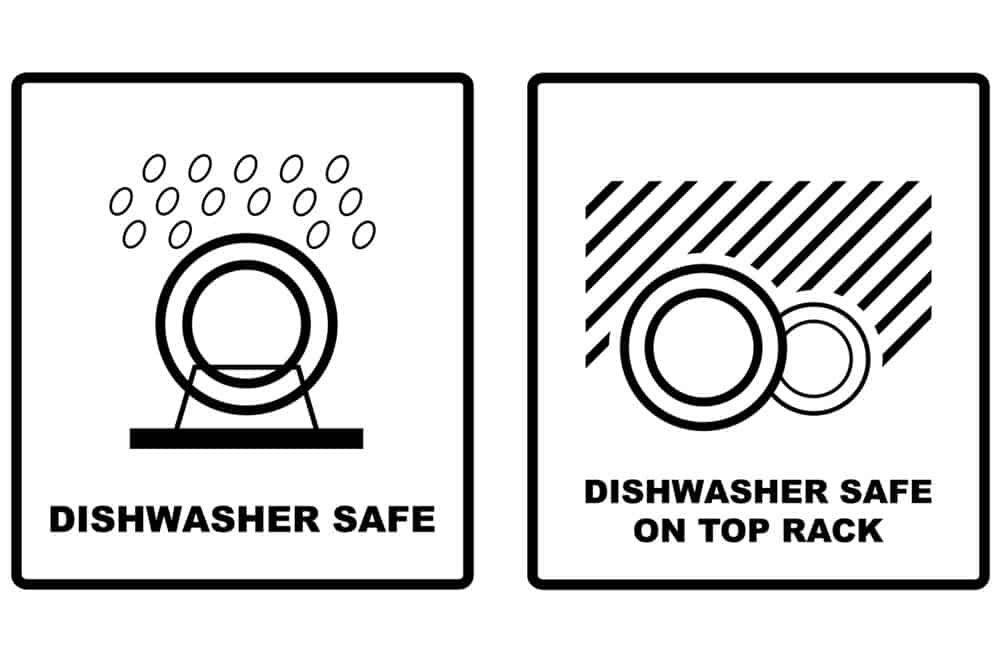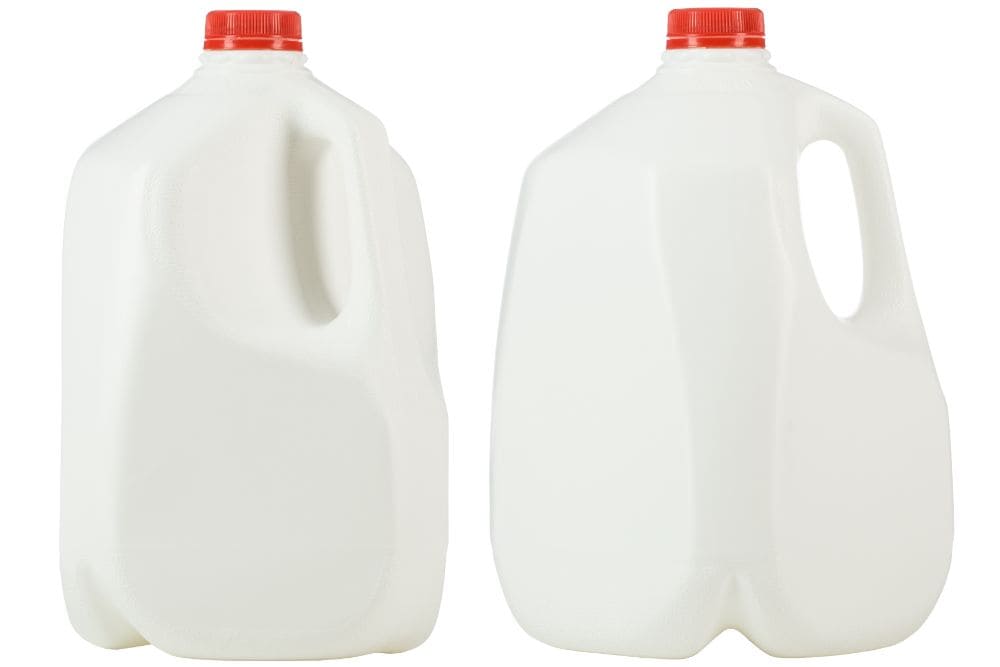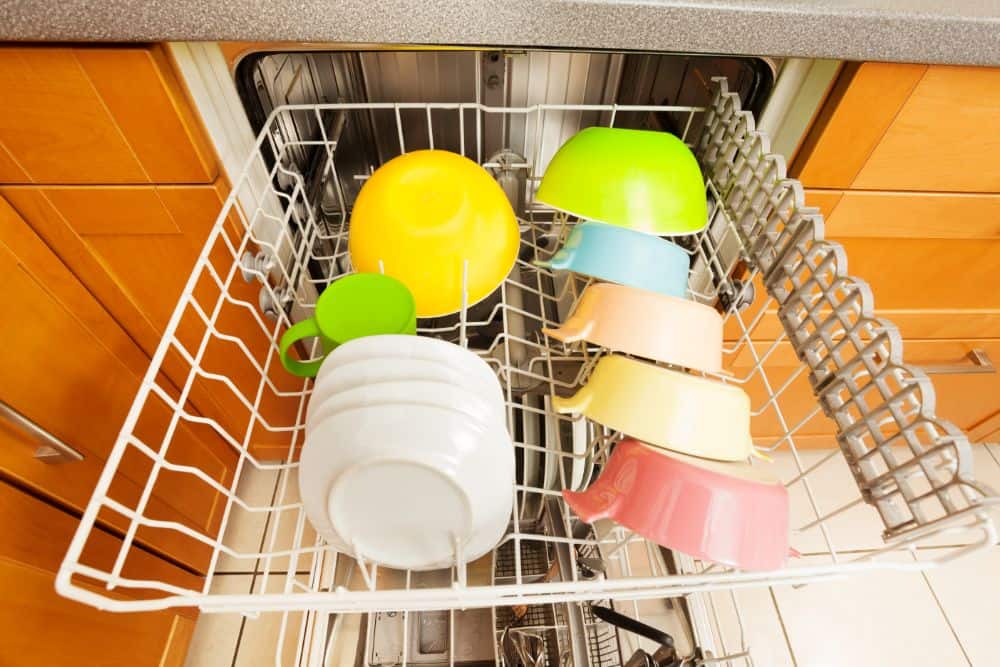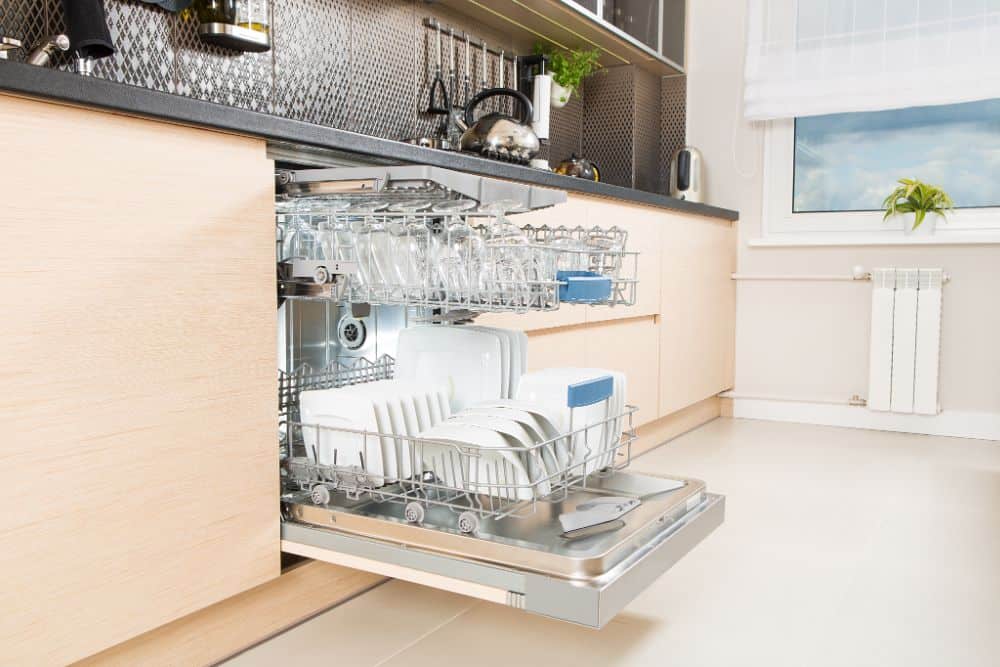Dishwashers revolutionized how we clean our dishes, but so did plastic. Plastic is in everything from containers to utensils to dishware.
And while it’s made our lives easier in many ways, it can also be confusing when it comes to knowing which plastic items are safe to put in the dishwasher.
Dishwasher Safe Overview Video
Understanding what types of plastics can go in the dishwasher can help you save time and energy while still getting your dishes clean. Here’s a definitive guide on how to tell if plastic is dishwasher safe.
The first thing to understand is what dishwasher safe means. When an item is labeled “dishwasher safe,” it means the manufacturer has tested the item and confirmed that it could withstand the high temperatures generated by the dishwasher’s heating element and the detergents used in a dishwasher cycle.
Dishwasher safe items will have a symbol indicating that they can go in the dishwasher. Most dishwasher-safe plastics also have a symbol indicating that they should be placed on the top rack of the dishwasher.

The Dishwasher Safe Symbol and the Dishwasher Safe Top Rack Only Label
Unlabeled plastics should not be assumed to be dishwasher safe.
That means a store bought clear plastic water bottle, as well as a plastic container without dishwasher safe markings shouldn't be put into the dishwasher.
Even if an item is plastic and labeled as dishwasher safe, it may not be able to withstand the high temperatures and detergents used in a dishwasher cycle.
Some items are top rack only, and some items require more a specific (more gentle) dishwasher cycle.
It is recommended that you always check the manufacturer’s instructions before placing any plastic item in the dishwasher.
Out of the seven categories of plastics, only three are considered unlikely to leach plastic into food and potentially have enough heat resistance for the dishwasher. These categories are:
All dishwasher safe plastic items are constructed of one of the above plastic types - but also note that not all Type 2, Type 4, and Type 5 plastic items are dishwasher safe - check with the manufacturer before placing any plastic object in the dishwasher.

Plastic Type Classifications
Typically used to make milk and juice containers, type two plastics are high-density polyethylene (HDPE). HDPE is a stable polymer not known to leach chemicals into food or beverages.

Many Plastic Milk Jugs are Type 2 Plastics
Type four plastics are low-density polyethylene (LDPE). LDPE is a flexible plastic often used to make food storage bags and plastic wraps.
This category of plastics is polypropylene (PP). PP is a durable, lightweight plastic often used to make condiment bottles and microwave-safe containers.
The other categories of plastics are not considered dishwasher safe and should not be placed in the dishwasher. Instead, it is recommended to wash these items by hand.
If you have dishwasher-safe plastic containers, there are a few things you should keep in mind. You want your food storage containers to come out of the dishwasher unharmed.

Even if Your Plastic Item is Known to Be Dishwasher Safe, it Should Only go On the Top Rack of the Dishwasher
Most food container plastic lids are polypropylene (PP). This type of plastic is considered dishwasher safe and can be placed on the top rack of the dishwasher.
However, it is paramount to check the manufacturer’s instructions before washing any plastic lid in the dishwasher. Some lids may have a special coating not intended for the dishwasher.
All plastics, including the ones marked as dishwasher safe, should be washed on the top rack of the dishwasher. Placing them on the bottom racks could cause them to warp or melt from the heat.
Placing your plastics at an angle will help prevent water from accumulating on them and will also help prevent them from warping. A great tip is placing your dishes such that the dirtiest part faces the spray for a more thorough clean.

You can Air Dry Your Dishes to Reduce Your Energy Consumption
The following are common drying settings safe for plastics:
Remember, overcrowding the racks leads to longer drying times and less thorough cleaning, so make sure to leave enough space between each dish.
Always check with the product manufacturer prior to putting anything in the dishwasher. The following plastic numbers are potentially top rack dishwasher safe as they are least likely to leach plastic into food or their environment - just check with the manufacturer before running any item through a dishwashing cycle:
Type 2 - HDPE
Type 4 - LDPE
Type 5 - PP
The other categories of plastics are not considered dishwasher safe and should not be placed in the dishwasher. Instead, it is recommended to wash these items by hand.
If the plastic is marked as dishwasher safe, it is okay to put it in the dishwasher. Keep in mind some dishwasher safe plastic is only allowed to put in the top rack of the dishwasher. Otherwise, it is not recommended to put plastic in the dishwasher as it could get damaged from the heat of the cycle.
No, plastic should not be sanitized in a microwave oven. The heat from the microwave can cause the plastic to warp and leach chemicals into your food.
In many cases, sippy cups and your baby's plastic bottle can be cleaned in a dishwasher. Verify with the manufacturer that the child's drinkware is in fact dishwasher safe. Also, be sure to place them on the top rack and don't use a harsh chemical dishwasher detergent.
The best way to clean baby bottles is to use a bottle brush and clean them by hand to ensure you thoroughly clean all the nooks and crannies. We have detailed articles about dishwasher use for Avent bottles as well as Comotomo Dishwasher guidelines.
